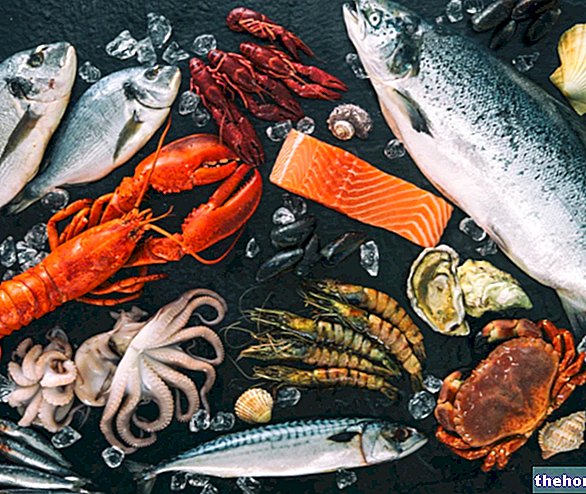In addition to animal rennet, there are others capable of promoting coagulation.
- One of these is the vegetable coagulant, which is extracted from the flowers of the thistle or from the green parts of the fig tree. The vegetable coagulants are used to produce goat, soft or yogurt cheeses, also suitable for those who have chosen a vegetarian diet .
- Another possibility to produce curd is to use the microbial coagulant, consisting of proteolytic enzymes extracted from certain types of molds or fungi. This type of rennet is responsible for a lower production yield and gives the cheese a more bitter taste. It is found. especially in industrially produced cheeses.
- A third way is offered by the coagulant obtained from fermentation by genetically modified microorganisms (FPC). It is a substance containing only one enzyme, the genetic chymosin, obtained by modifying the DNA of some bacteria. In Italy it is forbidden to use it for PDO and BIO cheeses.
The other enzymes in rennet are pepsin (an acid protease) and, only in kid or lamb rennet paste, lipases.
Pepsin also causes milk to clot, but in a less specific way than chymosin: its proteolytic power is much higher, but it is less selective, i.e. it acts on a greater number of proteins and not only on k-caseins. It favors a rapid maturation of the cheese, giving more flavor and taste to the curd.
Lipases are pre-gastric enzymes, which do not degrade proteins but operate on fats. The lipases enrich the taste and flavor of the cheese and, by reducing the aging times, increase the efficiency of the production process.
, to differentiate it from the acidic one which, on the other hand, occurs by adding lactic ferments.The rennet coagulation has a rapid coagulation time (10 min), the resulting curd has a good consistency and is uniform and elastic. It is used for DOP brand cheeses (such as Grana Padano, Parmigiano Reggiano and Pecorino Romano), but also for other types of dairy products. As the rennet activity is influenced by temperature, the rennet coagulation process requires a range between 30-42 ° C depending on whether it is soft or hard cheeses.
Acid coagulation occurs through the lowering of the pH and involves the use of natural lactic ferments in the milk or inoculated by the dairyman. The coagulation time is longer than the rennet coagulation, it also lasts over 24 hours, but takes place at lower temperatures. The curd produced is not very consistent and crumbles easily. It is used for the production of some fresh cheeses, such as goats.
Padano, Buffalo Mozzarella from Campania, Parmigiano Reggiano, Pecorino Romano. The importance of cheeses in nutrition is linked to their nutritional properties.Cheese is a concentrate of nutrients, rich in proteins with a high biological value for the content of essential amino acids. Furthermore, cheese is a primary source of vitamins, in particular those of group B including B12 and B2, vitamin A and vitamin D. In addition, it provides our body with essential minerals for the proper development of bones during growth such as calcium. and phosphorus and also provide magnesium and zinc.
However, we must be careful to include them in our diet in a balanced way. They have a high content of salt, which is often added during processing and are rich in fats, in particular cholesterol, so you should not exceed the doses of 50 grams of cheese per meal if it is a question of mature fatty cheeses.
or abomasum of some ruminant suckling animals such as calf, buffalo, lamb or kid. Young ruminants are chosen because, feeding only on mother's milk, they have a greater enzymatic richness in their abomasums both for composition and for coagulating activity. There is a higher percentage of chymosin compared to pepsin, percentages that will be different depending on the abomasum of extraction. Instead, the change in diet of weaned adult cattle reduces the enzymatic richness of the fourth stomach, bringing the ratio between chymosin and pepsin in favor of pepsin, resulting in a lower dairy yield.
















.jpg)











